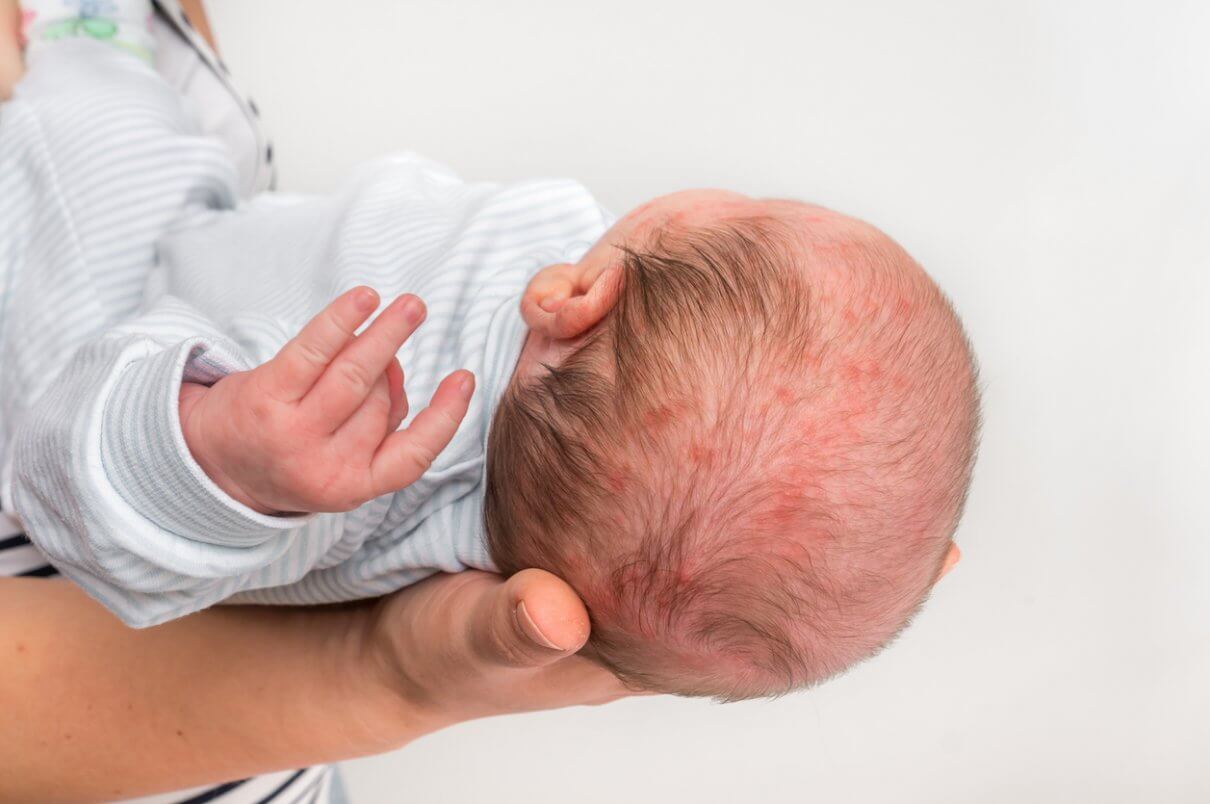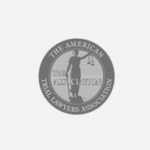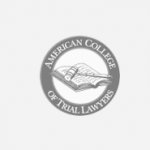Over $600 million in
verdicts & settlements
for our clients.
$185,000,000
Verdict
ERNST & YOUNG
Accouting Malpractice
$150,000,000
Verdict
EXXON MOBIL
Gas Leak
$25,000,000
Verdict
BELL ATLANTIC
Business Fraud
$11,800,000
Verdict
PERSONAL INJURY
It’s a parents’ worst nightmare. After nine months of pregnancy, your child has a defect. There are thousands of different birth defects, which range from cosmetic to fatal. Then there is a birth injury, which can be an accident or the result of negligence or incorrect treatment.
Determining the difference can be a challenge, so let’s talk about common birth defects and birth injuries that might be the result of a screw up in the labor room.
Common Birth Defects
As already mentioned, there are thousands of different birth defects. Obviously, we can’t go through all of them. But here are some of the most common:
Cleft Palate or Cleft Lip
A very common issue is a defect of the face and mouth, specifically cleft palate and/or cleft lip. This happens when the development of the face isn’t fully completed before birth. The lip and mouth forms from the sides towards the center, and sometimes the sides don’t meet up.
Cleft lip results in an opening in the upper lip, which can vary in size and can go up into the nose. It is usually to one side. Cleft palate is when the roof of the mouth does not completely join together. Children can have either or both of these issues, which can result in issues feeding, speaking, and hearing, and can make you prone to tooth problems and ear infections. The cause is unknown, but it appears to be the result of genetics and possibly issues in the uterus. Risk is increased by smoking, diabetes diagnosed before pregnancy, and certain medications. Cleft palate is sometimes diagnosed before birth.
Treatment includes surgery to repair the cleft. Some children may need multiple surgeries. You might also be recommended a special bottle to deal with feeding issues. Many children need speech therapy, braces, and time with a psychologist.
Down Syndrome
Down syndrome results from having an extra copy of chromosome 21, and is one of the most common genetic defects. Further, down syndrome is a systemic defect that results in:
- A flattened face with slant eyes.
- A short neck
- Small ears, hands, and feet
- The tongue not fitting completely in the mouth
- Tiny white spots in the iris of the eye
- A single line across the palm of the hand
- Small pinky fingers
- Poor muscle tone or loose joints
- Reduced height
- Speech delay
- Learning difficulties
- Elevated risk of sleep apnea and heart defects
Down syndrome is a lifelong condition, and children often need speech, occupational, and physical therapy. Many people with Down syndrome, however, lead full lives, work, and may marry and have children (Down syndrome does not pass to offspring). Early intervention can help reduce learning delays.
Heart Defects
Heart defects at birth are fairly common. The most common is a ventricular septal defect, otherwise known as a “hole in the heart.” This means that a gap forms between two chambers of the heart. For some lucky children, the hole heals up on its own, but others may need surgery. It’s common for children with a septal defect (there’s also atrial and atrioventricular defects) to have a lifelong heart murmur.
Other heart defects are rarer, but more serious and include:
- Patent ductus arteriosus, when a connection between the pulmonary artery and the aorta does not close after birth, resulting in blood flowing in the wrong direction. In some cases, the connection will close on its own, but other babies may need drugs or surgery.
- Interrupted aortic arch. The aorta doesn’t fully develop; these babies need surgery soon after birth.
- Coarctation of the aorta. Similar, but in this case the aorta is simply too narrow.
- Dextro-transposition of the great arteries. In this case, two important arteries are switched. This is another condition that requires surgery.
Heart defects may be a result of a genetic mutation, linked to other conditions, inherited or the result of certain maternal health conditions, including lupus, maternal phenylketonuria, obesity, diabetes, and rubella (German measles) during pregnancy. Because of this, in some cases they can be caused by medical negligence, such as a failure to diagnose maternal phenylketonuria, which can be managed with a special diet.
Spina Bifida
Spina bifida occurs when the spine and spinal cord don’t form properly. It results in a lump that forms at a point in the baby’s spine. In the most severe version, the lump contains part of the spinal cord, often resulting in inability to walk and bathroom issues. The less serious form can cause minor disabilities. Hidden spina bifida is often not discovered until adulthood, generally causes no problems…it may not be noticed until investigation for a back injury.
Surgery may be performed before the baby is born to close the hole in the spinal cord. This isn’t always available, though. Children with spina bifida will need treatment and assistance with mobility and may end up using a wheelchair.
Spina bifida risk can be significantly reduced by taking folic acid during pregnancy; in fact, it’s best to start taking 400 mcg of daily folic acid as soon as you plan to become pregnant.
Clubfoot
A clubfoot is a crooked foot, pointing inwards instead of forwards. In most cases, this is corrected through the use of special braces and shoes, but it generally doesn’t cause pain (although it does alter a child’s gait and can result in different muscle development. Clubfoot is genetic.
In most cases, these birth defects are not a sign that your doctor did anything wrong, although poor prenatal care can increase the risk of all birth defects. Down syndrome is associated with high maternal age.
Birth Injury

Birth injuries are damage to your baby during the birth process. Further, birth injuries are more common if your baby is large, breech, or premature, and can also be associated with a narrow pelvis or birth canal. In some cases, an ob-gyn may recommend a cesarean for mothers with unusual birth control, however, cesareans may also increase the risk of birth injury.
Common Birth Injuries
Common birth injuries include:
- Swelling or bruising of the head.
- Bleeding inside the skull.
- Breakage of small blood vessels in the eye.
- Facial nerve injury
- Injury to nerves that support arms and hands
- Fracture of the clavicle or collarbone.
If your child has a birth injury, then it’s worth investigating. The use of a device to assist labor is strongly associated with birth injuries. Vacuums and forceps should never be used for the mere convenience of those in the labor room. Doctors sometimes have to do a balancing act, considering the relative risks of continuing vaginal labor versus an emergency cesarean, or the risk of using a device during prolonged labor. Thankfully, most of these common birth injuries have no long term impact on your baby.
However, there are some birth injuries that can, of which the most common is cerebral palsy, a form of brain damage caused by damage to the skull. Some children may also experience weakness, loss of sensation, or paralysis in part of one of their arms.
Birth Defect
If your child has a birth defect, it is likely not the doctor’s fault. Make sure that you follow all of your doctor’s recommendations about supplements and avoiding alcohol, especially if you are over 30 (and double for over 35). A birth injury, on the other hand, may be an inevitable result of a difficult labor, or it may be the result of a doctor taking a short cut in the delivery room.
Learn More About a Birth Injury vs. a Birth Defect
If your child has a birth injury, especially one likely to result in long term effects, you should contact a birth injury lawyer. At Weltchek, Mallahan & Mallahan, we have the experience to help you establish whether your child’s birth injury was a result of medical negligence and get the compensation you deserve. Contact us for an initial consultation.
Who Can You Trust with Your Case?
Have you or a loved one been injured due to negligence? We want to help. Don’t hesitate to contact us if you believe you have a case; time is an important factor. Interested in learning more? Get in touch with us so we can better evaluate and serve your needs in getting the justice your loved one deserves. You may very well be entitled to compensation.

Call For a Free Consultation









